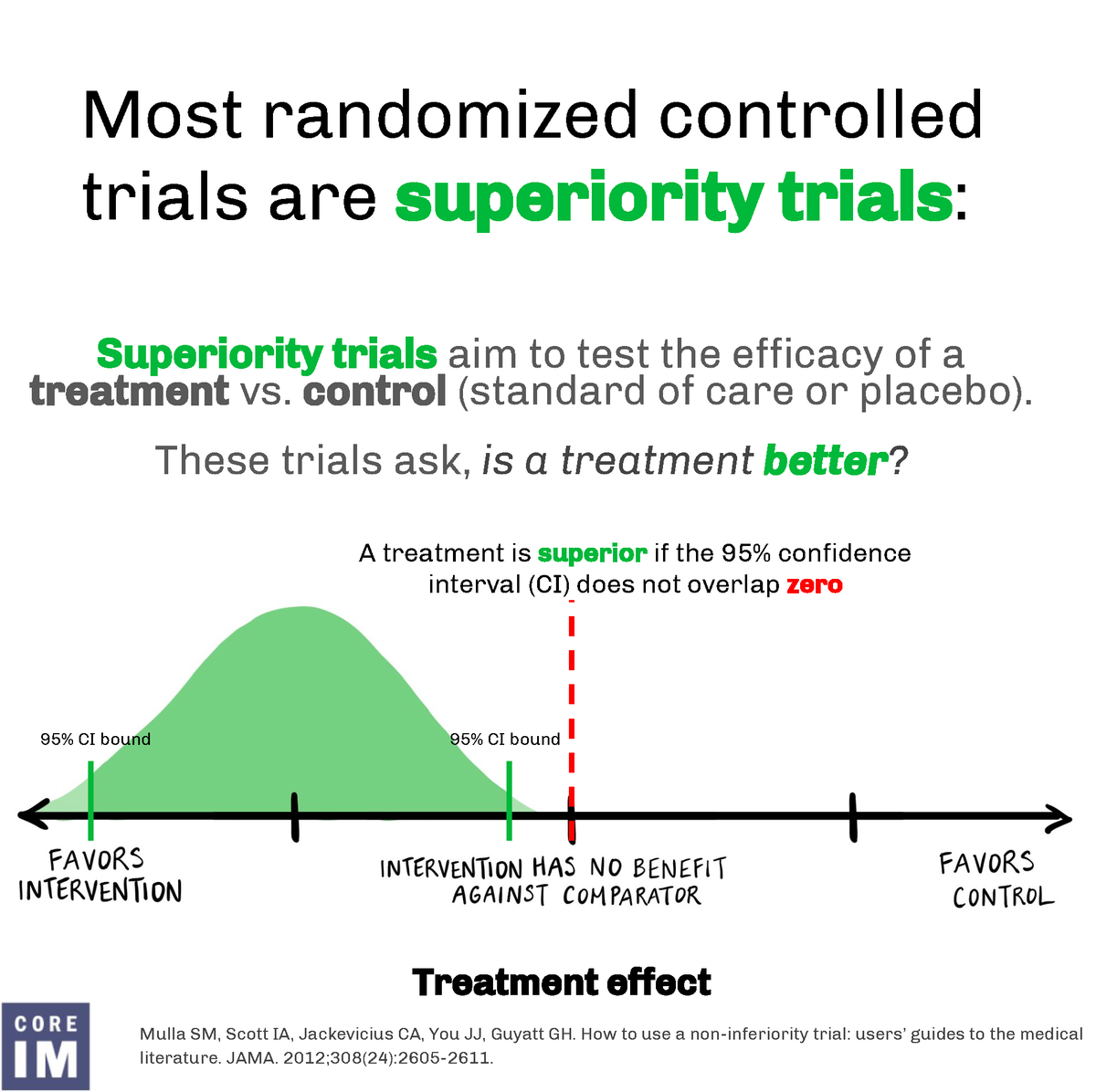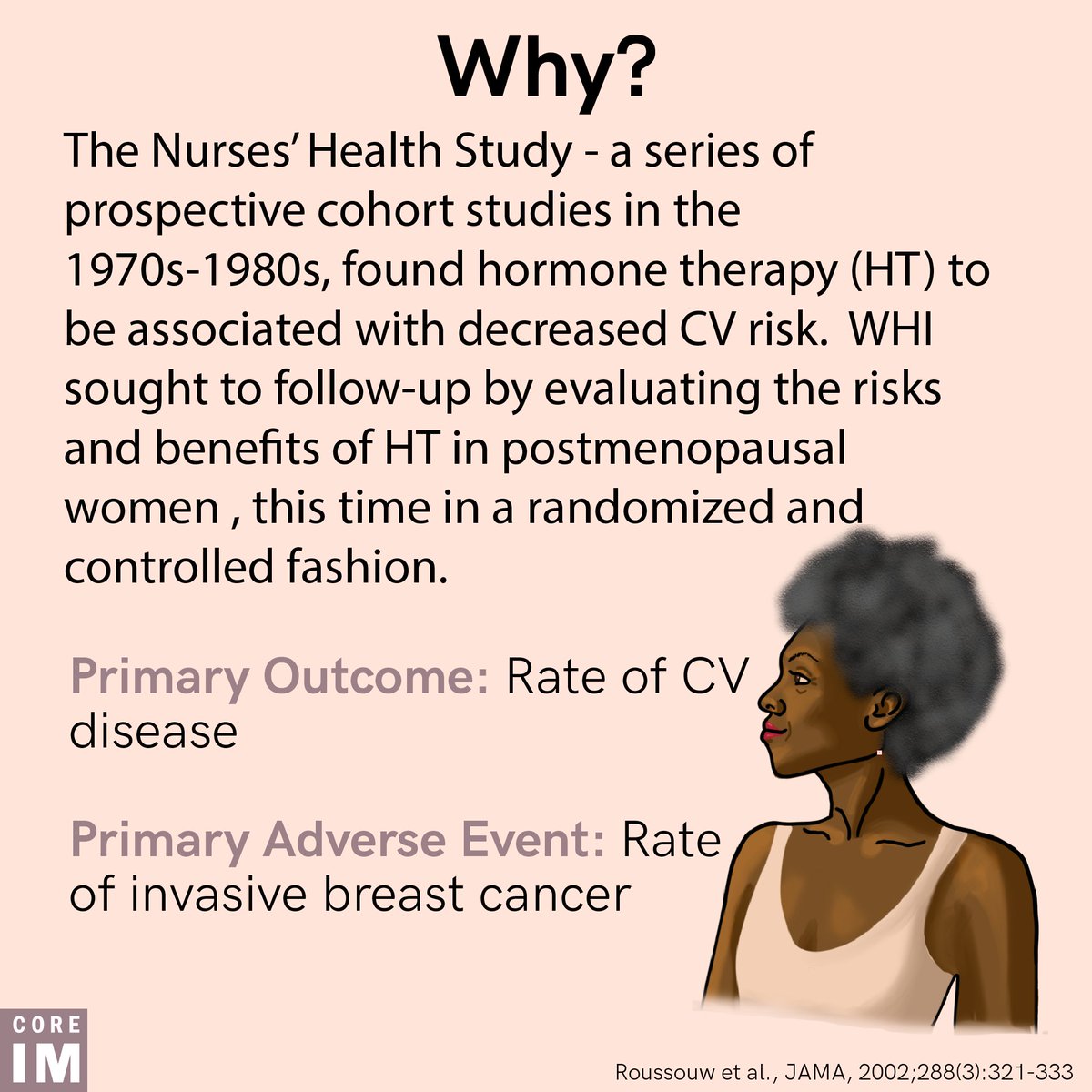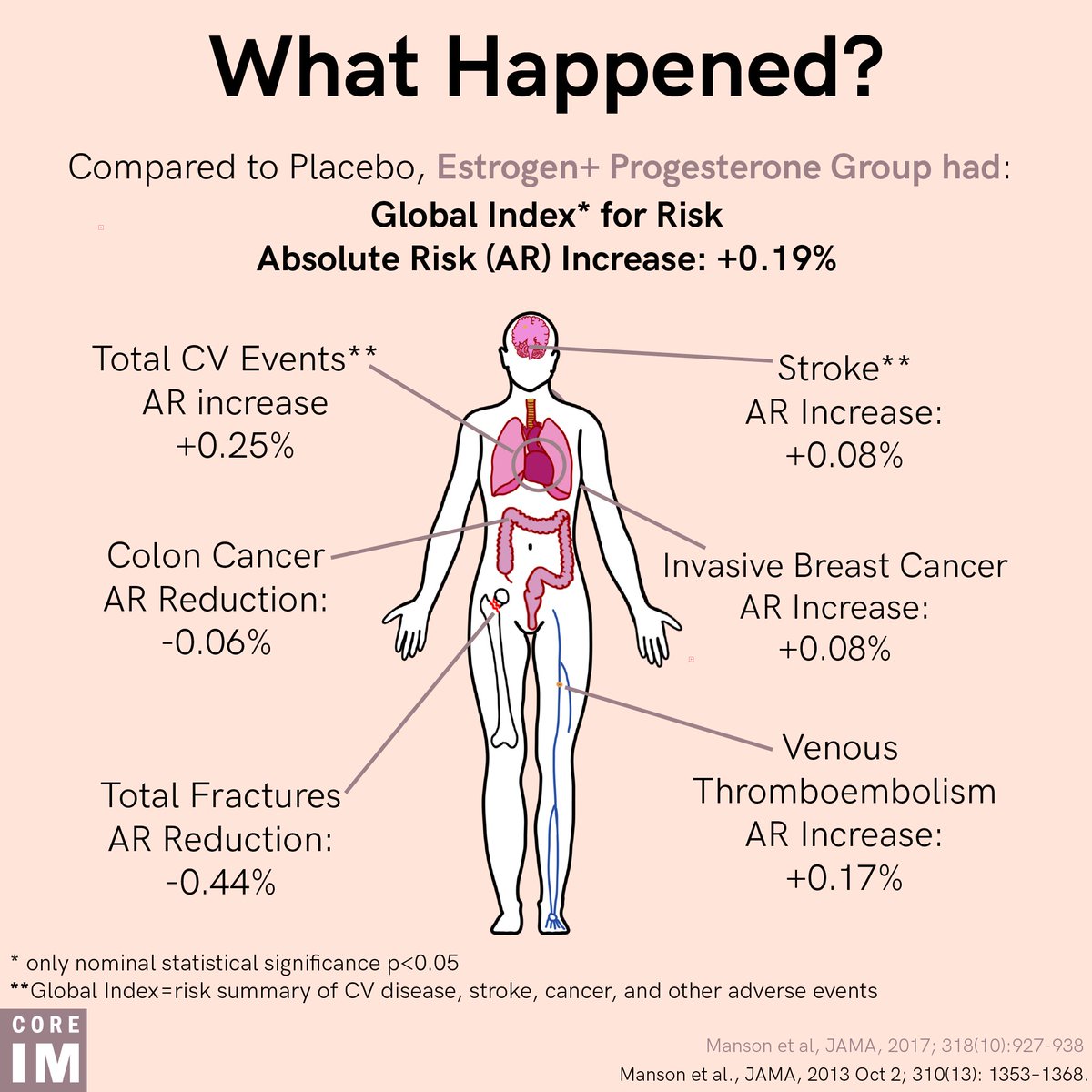
1/ 🚨NEW PATIENT!🚨 66 y/o M found in his home unresponsive and hypothermic.
What abnormalities do you see in this EKG?
What abnormalities do you see in this EKG?

2/ Did you notice sinus bradycardia? What about intraventricular conduction delay?
Check out this slide with all 5 EKG findings!
Check out this slide with all 5 EKG findings!

5/ Myxedema coma is right!
Let’s review:
Shoutout to @denahayes and Vorada Sakulsaengprapha for a great #12LeadThursday byte!
Let’s review:
Shoutout to @denahayes and Vorada Sakulsaengprapha for a great #12LeadThursday byte!

Shoutout to @DHayesMD for being the author of this awesome #12LeadThursday byte!
• • •
Missing some Tweet in this thread? You can try to
force a refresh

























